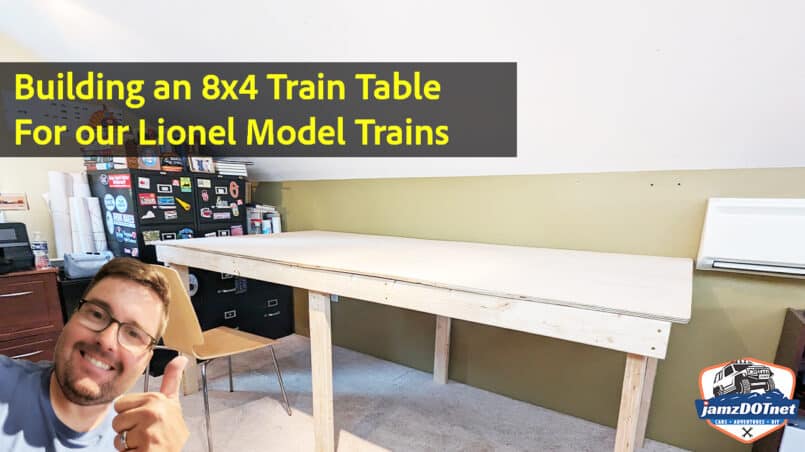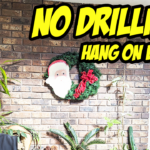We got hooked on these old Lionel Trains and putting them on the carpet got old. So, why not build an 8×4 foot train table in my office? In this video, I show how to build a very affordable and practical table for your model trains. Minimal cuts and it’s very solid.
A model train table, also known as a model railroad layout or train diorama, is a platform designed to showcase model trains and their associated scenery in a controlled and visually appealing setting. These tables are used by model railroaders and hobbyists to create miniature representations of real-world landscapes, cities, industries, and rail systems. Model train tables can vary greatly in size, complexity, and level of detail, depending on the interests and skills of the modeler.
Key features of a model train table include:
Track Layout: The track layout is the foundation of the table. It’s where the model trains run and can include various types of tracks, such as straight sections, curves, switches (turnouts), and even elevation changes like bridges or tunnels.
Scenery: Model train tables are adorned with scenery to replicate landscapes, buildings, roads, rivers, mountains, and more. Scenery elements are typically made using various materials, such as foam, plaster, paper, and paints. These materials are shaped and textured to mimic real-world features.
Buildings and Structures: Miniature buildings, factories, houses, and other structures populate the layout. These structures are often kits that hobbyists assemble, paint, and place within the scene.
Landforms: Modelers sculpt the terrain to represent hills, valleys, and other geographic features. These landforms can be enhanced with foliage, grass, rocks, and trees to create a realistic environment.
Backdrop: A backdrop is a painted or printed background that gives the illusion of extending the scene beyond its physical boundaries. It adds depth and context to the layout.
Electronics: Model train tables often incorporate electronics for controlling trains, signals, and even lighting effects. Digital Command Control (DCC) systems allow precise control over multiple trains on the same track.
Wiring and Controls: Wiring is crucial to connect the tracks, power sources, and various components. Controls can include switches for turnouts, signal lights, and other features.
Scale and Gauge: Model trains come in various scales (ratio of the model’s size to the real-world size) and gauges (the distance between the rails). Common scales include HO, N, O, and G, each with its own characteristics and appeal.
Theme and Era: Model train layouts often follow a specific theme or era, such as a modern city, a historic mining town, or a rural countryside. This choice influences the design, scenery, and types of trains used.
Operation: Some model train enthusiasts focus on realistic operations, simulating activities like switching cars at industries or running trains according to a timetable. Others emphasize the visual aspects, creating scenic displays primarily for aesthetic enjoyment.
Creating a model train table requires a combination of creativity, craftsmanship, and technical skill. Model railroading is a popular and engaging hobby enjoyed by people of all ages, and it allows enthusiasts to combine their passion for trains, artistry, engineering, and history. Model train exhibitions and clubs provide platforms for sharing and appreciating these miniature worlds.



